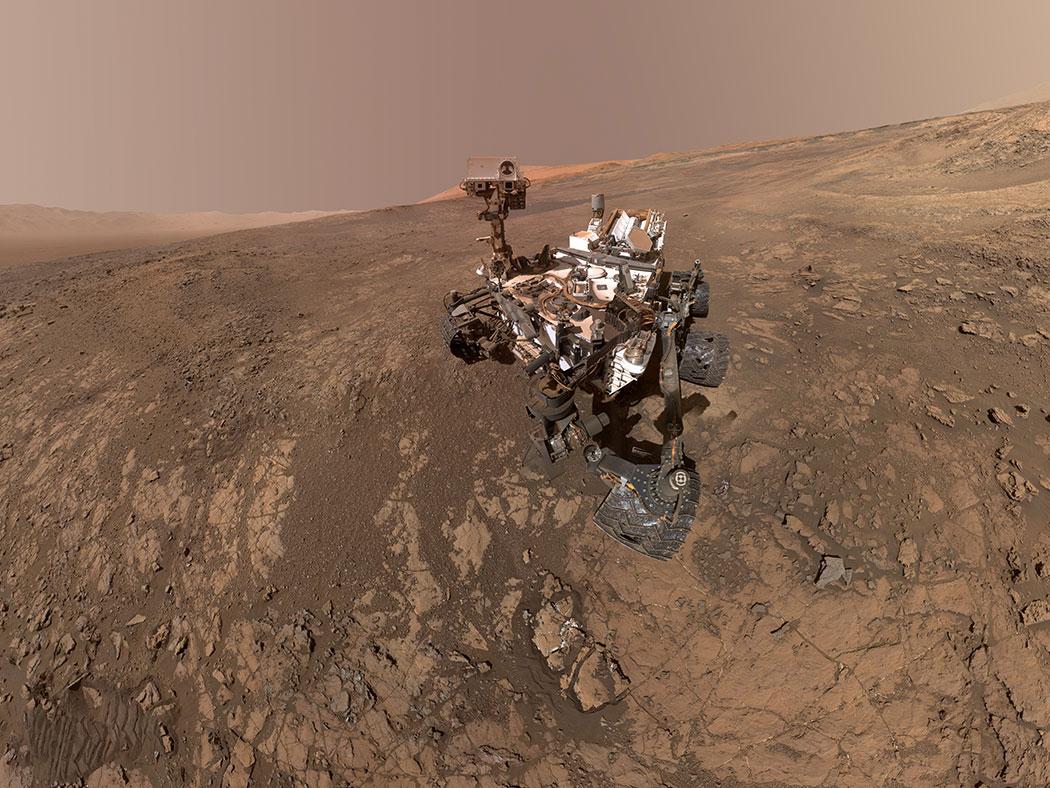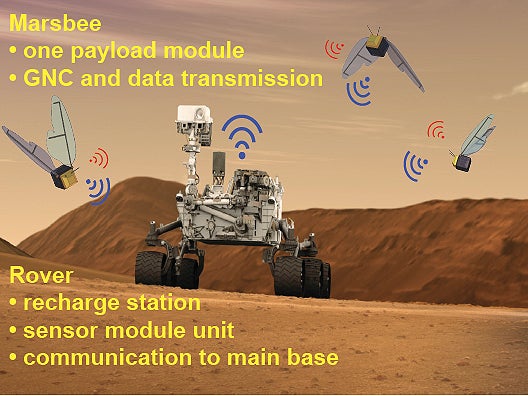Robot bees for exploring surface of Mars being developed by Nasa
Tiny mechanical creatures would be fitted with sensors and wireless communication devices

Your support helps us to tell the story
From reproductive rights to climate change to Big Tech, The Independent is on the ground when the story is developing. Whether it's investigating the financials of Elon Musk's pro-Trump PAC or producing our latest documentary, 'The A Word', which shines a light on the American women fighting for reproductive rights, we know how important it is to parse out the facts from the messaging.
At such a critical moment in US history, we need reporters on the ground. Your donation allows us to keep sending journalists to speak to both sides of the story.
The Independent is trusted by Americans across the entire political spectrum. And unlike many other quality news outlets, we choose not to lock Americans out of our reporting and analysis with paywalls. We believe quality journalism should be available to everyone, paid for by those who can afford it.
Your support makes all the difference.A swarm of robot bees designed to explore the surface of Mars is being developed by Nasa.
The space agency has given funding to Marsbees, a project that is working on an efficient way to get around the Red Planet by air.
Dr Chang-kwon Kang, one of the researchers behind the initiative, said these “robotic flapping wing flyers of a bumblebee size” could “significantly enhance the Mars exploration mission”.
The tiny robots would be fitted with sensors and wireless communication devices, and would use a Mars rover like Nasa’s Curiosity as a charging point.

While earthbound rovers can provide scientists with lots of useful information, their progress tends to be slow.
The Marsbee robots on the other hand could travel quickly across the planet’s surface, beaming information back to the rover, which would also act as the main communication centre.
Preliminary results from Dr Kang and his team at the University of Alabama suggest their robots’ insect-like design would allow them to hover in the Martian atmosphere, even though it is far thinner than the one found on Earth.
They will be equipped with oversized wings that should provide the lift required to stay aloft above the planet’s surface.
A team in Japan will develop and test the “micro flapping robots”, while Dr Kang and his colleagues back in the US will model, analyse and optimise them.
The Japanese roboticists have already produced the hummingbird micro air vehicle, one of the few “robotic flappers” capable of flying on Earth.
The project was funded as part of the Nasa Innovative Advanced Concepts (NIAC) scheme, which provides early-stage ideas with grants of around $125,000 (£89,000).
“The NIAC programme gives Nasa the opportunity to explore visionary ideas that could transform future Nasa missions by creating radically better or entirely new concepts while engaging America’s innovators and entrepreneurs as partners in the journey,” said Jim Reuter, acting associate administrator of Nasa’s Space Technology Mission Directorate.
“The concepts can then be evaluated for potential inclusion into our early stage technology portfolio.”
Other projects that received funding as part of the scheme included a “flying amphibious robot” called Shapeshifter, and BioBot, a robotic life support system that would follow astronauts around the surface of Mars as they explored.
Join our commenting forum
Join thought-provoking conversations, follow other Independent readers and see their replies
Comments